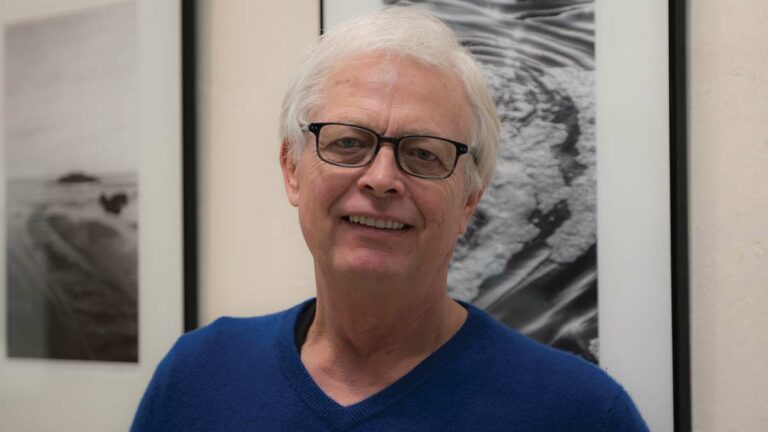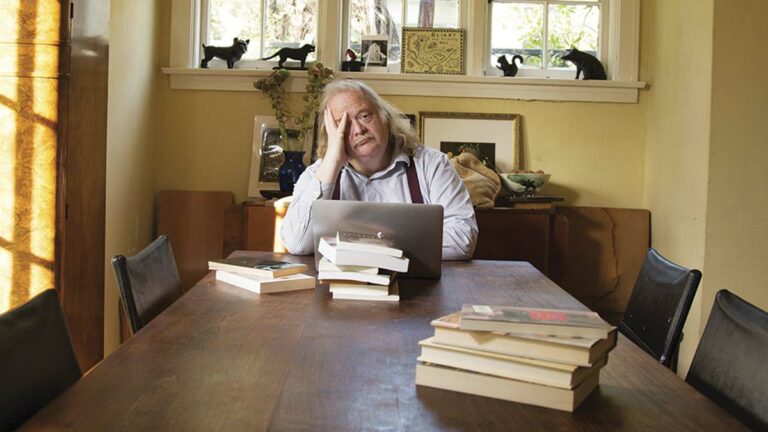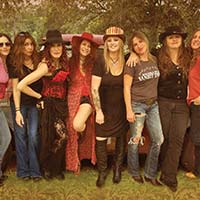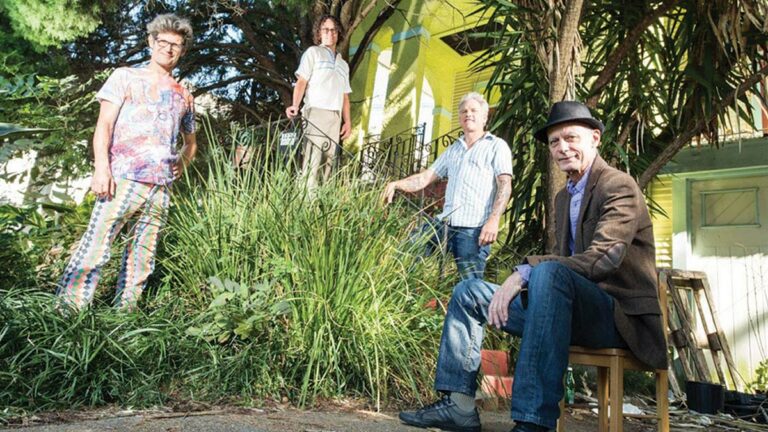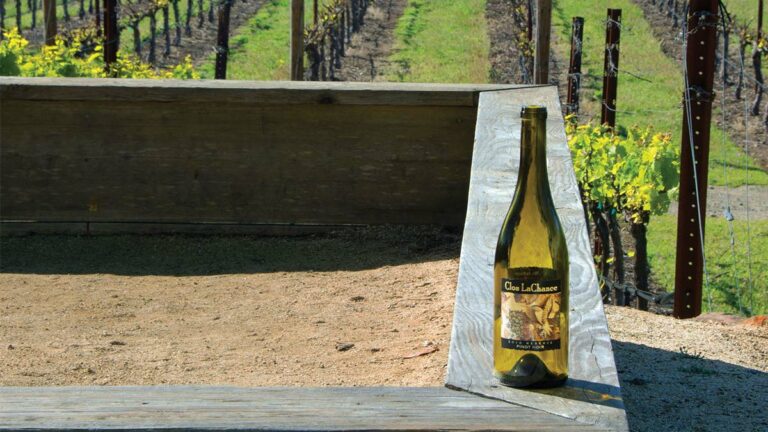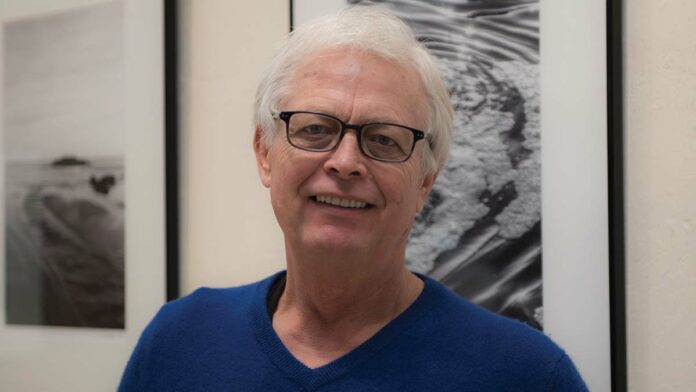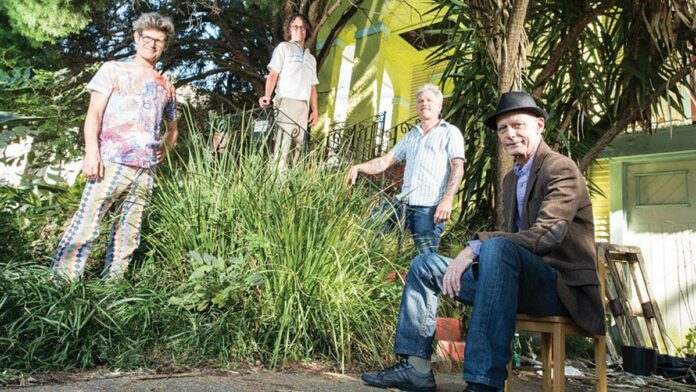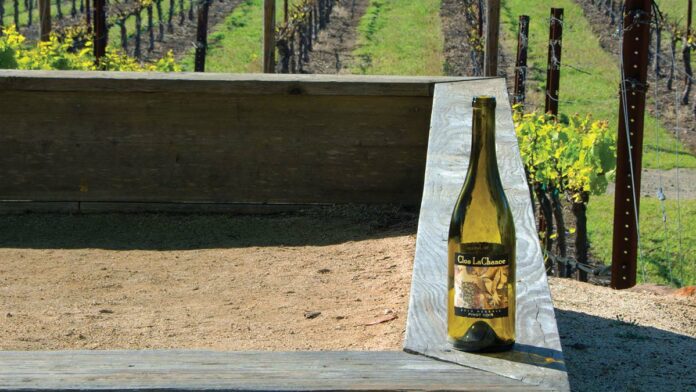It’s tough to get a movie biography right, to find a way to make the messy facts of someone’s life as compelling as fiction. Last year, Steve Jobs did it, condensing the material into three key moments in its subject’s career that charted his personal and professional evolution.
Then there’s I Saw The Light, the biographical drama about legendary country singer-songwriter Hank Williams. Writer-director Marc Abraham doggedly trots out the facts of Williams’ astonishingly short and productive life (36 hit songs before his death at age 29). But the material is presented without much insight, and the storytelling feels flat. It’s like watching somebody else’s home movies—interesting for awhile, but not personally involving.
Fortunately, the film stars the highly watchable Tom Hiddleston, the accomplished British thesp best known to movie audiences as Loki in the Thor franchise. He may not be the first person you’d think of to play Alabama-born proto-rockabilly crooner Williams, but Hiddleston has presence to burn, and he looks great in a cowboy hat. He even does his own singing. With a fresh, honest approach that doesn’t try to imitate Williams, Hiddleston sells the music with his laid-back demeanor and killer grin.
Early on, we see Hiddleston’s Hank perched on a stool in the spotlight, singing, his face shaded by the brim of his hat. It’s a great, iconic image, but it soon proves to be a metaphor for a movie that never quite gets beneath the surface to the man under the hat. Then, we cut to 1944, with Hank getting married to his sweetheart, Audrey (Elizabeth Olsen) by a justice of the peace at a gas station in rural Alabama.
Hank and his band sing in honky-tonk bars and appear weekly on a local radio program. He dreams of Nashville, and appearing on the Grand Ole Opry, but he’s shy about singing at auditions. He gets a music publishing deal as a songwriter, which leads eventually to his band making their first studio recording. At home, tensions mount between Audrey and Hank’s manager/mom, Lillie (Cherry Jones), while Audrey pressures Hank to let her perform with the band—even though her singing is so strident that the radio station engineers discreetly turn off her mic when they’re broadcasting live.
But Abraham never builds these scenes into a compelling narrative; it’s just a series of vignettes that all start to feel the same. Hank drinks way too much. He fights with Audrey, who says he’s squelching her dreams. He flirts with random women, many of whom end up in his bed. He takes pills on the road, and morphine injections for back pain, and makes promises to do better by his loved ones that he never keeps.
But despite the accumulation of these details we never really understand who Hank is, or what private demons drive him. Abraham never uncovers the person behind the image; he’s content to stick with the persona of the raw talent living the self-destructive honky-tonk life.
Meanwhile, connections between scenes are often vague. Hank is strumming his guitar on the porch when an unknown woman materializes on the step beside him; they lob some sexy banter back and forth until Audrey appears in the doorway and the mystery woman melts out of the scene—and the movie. Later, with no prelude, we suddenly see Hank shaking with the DTs in a hospital bed, trying to dry out.
Still, the music can jolt the movie to life. That Hiddleston does his own singing lends authenticity to these scenes, whether he’s onstage with the band, or strumming a bittersweet “Your Cheatin’ Heart” for his producer, accompanied only by his own guitar, or singing a lullaby to his infant son. Singing “Lovesick” for his debut at the Grand Ole Opry is a highlight early on, and a wry, saucy onstage version of “Why Don’t You Love Me Like You Used To Do” wakes things up with a bang. If only Abraham had been able to infuse the rest of the movie with that kind of energy.
I SAW THE LIGHT
**1/2 (out of four)
With Tom Hiddleston and Elizabeth Olsen. Written and directed by Marc Abraham. A Sony Classics release. Rated R. 123 minutes.


